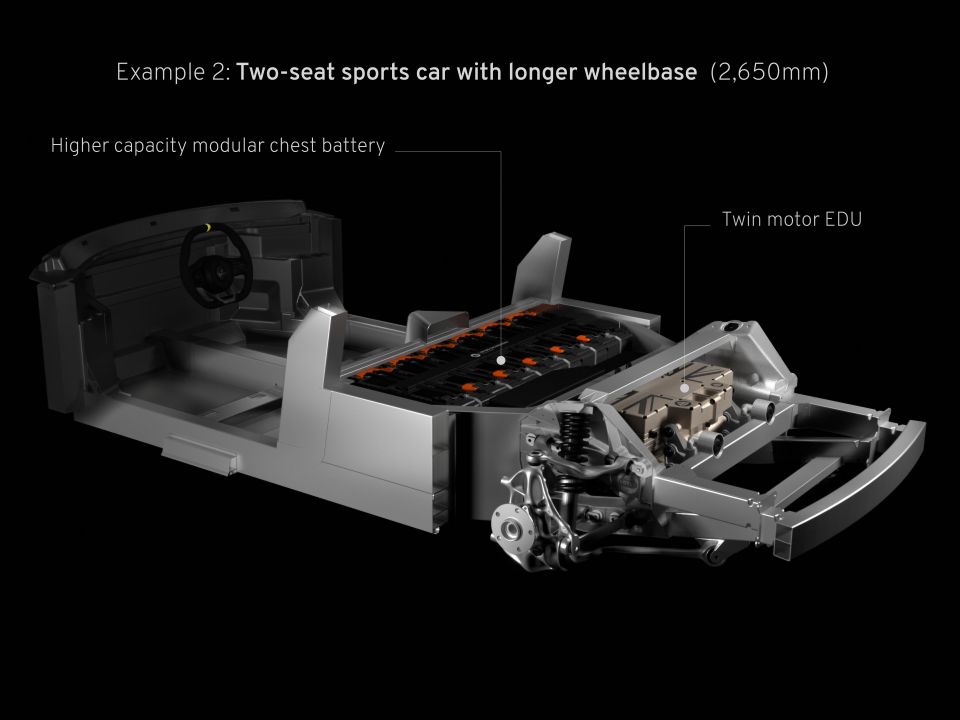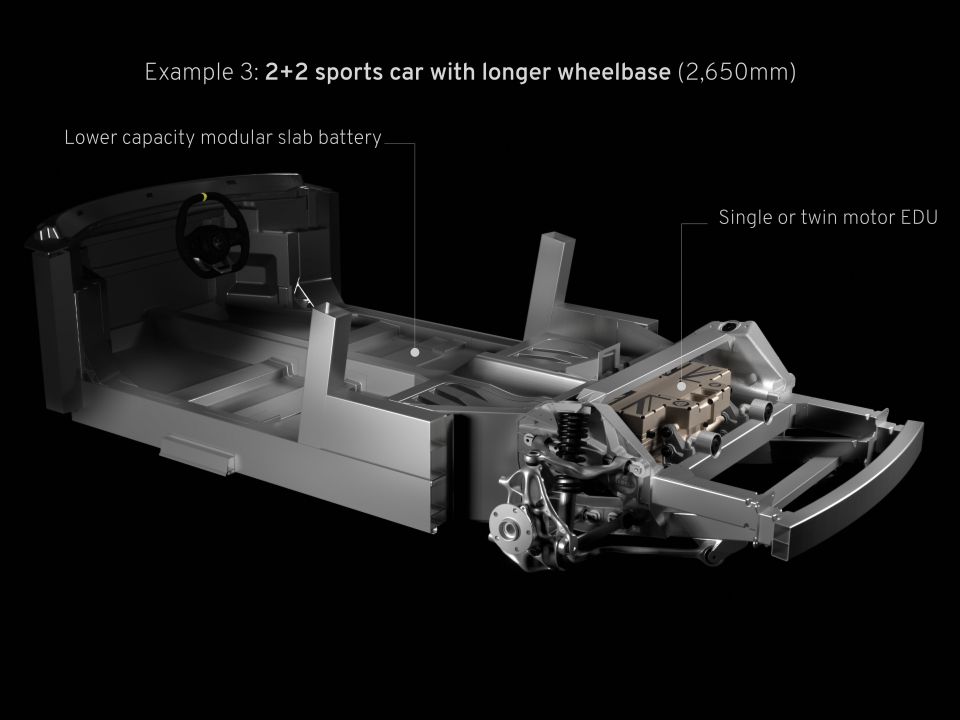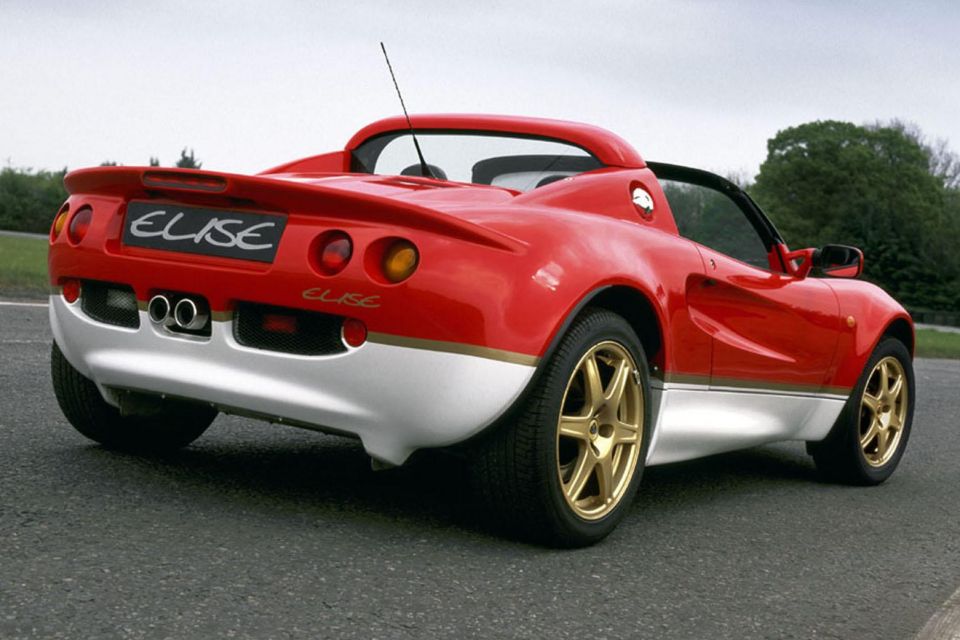

Anthony Crawford
1990 Lamborghini Countach review
6 Days Ago

Journalist
Lotus is preparing an all-electric replacement for the departed Elise now that it’s launched its last ever internal-combustion engine car, the Emira.
The unnamed new car – understood to be codenamed Type 135 and due in 2026 – will ride on the Lightweight Electric Vehicle Architecture (LEVA) that serves as the basis of the Lotus E-Sports platform.
Lotus has already revealed a suite of details about LEVA. The platform’s minimum wheelbase is 2470mm, a fair chunk longer than the 2300mm enjoyed by the Elise, and can be stretched to over 2650mm.

At their smallest, LEVA-based cars will have two seats and a battery pack stacked behind the passengers. This allows the seats to be placed as low to the ground as possible, and mimic the handling characteristics of a traditional mid-engine car, like the just departed Elise.
In order to accommodate up to four people in a 2+2 layout, the batteries can also be placed horizontally along the floor in a skateboard-style configuration similar to those used by Tesla, Porsche, Rivian and Lucid.
Two-seat cars with a long wheelbase can support batteries with a capacity up to 99.6kWh, while other variants, including 2+2 models, max out at 66.4kWh.

Single-motor and dual-motor setups will be available.
The top single-motor drivetrain will be rated at around 350kW, while the most powerful version of the dual-motor system will have 650kW.
Development of LEVA is being led by Richard Rackman, the automaker’s head of vehicle concepts, and the man behind the original Elise’s extruded aluminium architecture.
In a prepared statement, Rackman said: “In true Lotus spirit, significant weight savings have been achieved throughout, with a focus on ultimate performance, efficiency and safety being engineered into the structure from the outset.
“For example, by utilising the vehicle structure as the battery enclosure, having an integrated [electric drive unit], eliminating bolt-on subframes and optimising the multi-link suspension components.”

Other features are said to include a lightweight die-cast rear subframe, and high energy density cylindrical battery cells. A cold cured body using advanced welding processes and spot bonding is said to reduce the environmental impact of the manufacturing process.
It’s unknown how much the Lotus Type 135 will weigh in production guise, but if it gets anywhere close to the one tonne mark it will be an amazing feat of engineering. For reference, the outgoing Elise tipped the scales at roughly 900kg.
Today’s electric cars are many hundreds of kilos heavier than their petrol or diesel equivalents due to the weight of the battery packs.

The Lotus E-Sports architecture will be used by Alpine as the basis for its A110 successor. The platform will also be made available to other third-party clients through Lotus Engineering.
Lotus will attempt to keep costs down as much as possible by using parts sourced from within the Geely empire, which includes Volvo, Polestar and Proton.
While the Type 135 might be able to capture the spirit of the Elise, it will probably won’t be able to match that car’s $90,000 starting price.
Matt Windle, managing director of Lotus, indicated to Autocar the Type 135 will likely carry a sticker price roughly on-par with top-end Exige models, which towards the end of its life broached the $200,000 barrier.

In addition to an array of sports cars based on the E-Sports architecture, Lotus will seek to do a Porsche and extend the brand to more practical body styles.
The company has two crossovers and a four-door coupe in the works. The first of these models is set to debut in 2022, and the “lifestyle” range will be produced at the company’s factory in Wuhan, China.
Production of Lotus sports cars, though, will remain at Lotus HQ in Hethel, England. This includes upcoming Evija electric hypercar, deliveries of which due to begin later this year.
Where expert car reviews meet expert car buying – CarExpert gives you trusted advice, personalised service and real savings on your next new car.
Derek Fung would love to tell you about his multiple degrees, but he's too busy writing up some news right now. In his spare time Derek loves chasing automotive rabbits down the hole. Based in New York, New York, Derek loves to travel and is very much a window not an aisle person.


Anthony Crawford
6 Days Ago


Matt Campbell
5 Days Ago


James Wong
4 Days Ago


Max Davies
2 Days Ago


Josh Nevett
1 Day Ago


Josh Nevett
19 Hours Ago